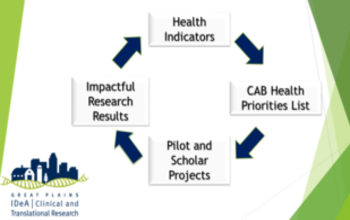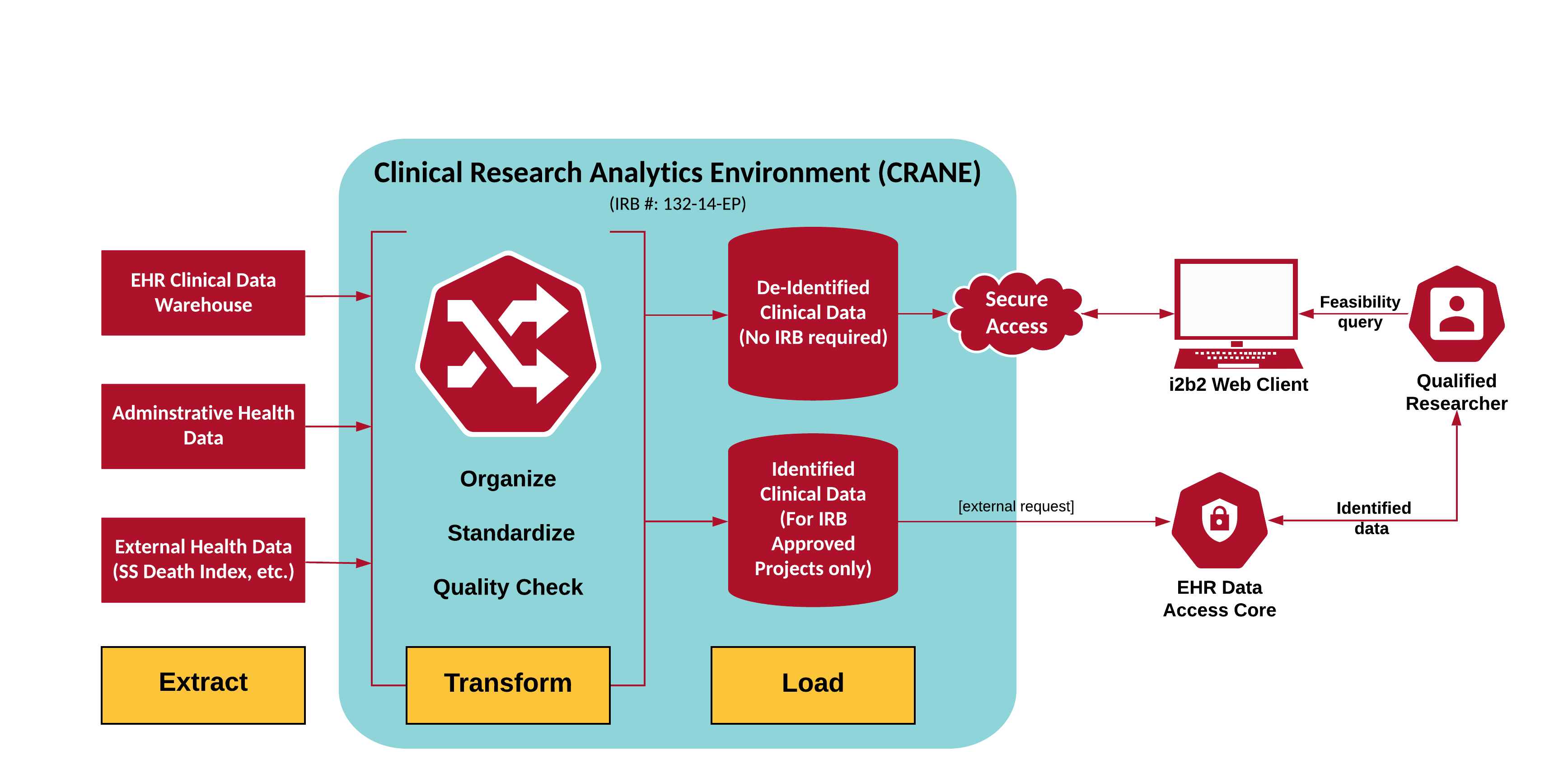
The practice of medicine relating to sight has been around for more than 2,500 years. But for the first time, ophthalmologists are able to see what their glaucoma patients see — through an iPad tablet application.
“This represents the first time we have been able to understand what glaucoma patients see. We’ve never really known. It’s startling,” said Deepta Ghate, MD, an associate professor in the UNMC Department of Ophthalmology and Visual Sciences at the Truhlsen Eye Institute. “This is critical to improve patient understanding of the disease and for future rehabilitative efforts.”
Dr. Ghate collaborated with students from the University of Nebraska at Omaha College of Information Science and Technology to develop the app, then studied it in 12 glaucoma patients.
She is senior author of the study published recently in the British Journal of Ophthalmology. The paper describes the new app that allows glaucoma patients to pictorialize their field of vision.
Glaucoma is a disease of the optic nerve that causes loss of peripheral vision. No one was quite sure exactly what glaucoma patients saw in their “blind spots.” Dr Ghate decided to design an app so that the patients could answer the question themselves.
In the study, participants used the app on the iPad to modify “blur” or “dimness” to match their perception of a two-by-two meter wall-mounted poster at one meter distance. They looked at various scenes and recorded what they saw.
Patients could modify the scenes so ophthalmologists could see what the patient sees and compare and validate the vision of the patient. The experiment finished when the patient looked at the iPad recreation and said, “This is exactly what I see.”
One of the problems with glaucoma is patients don’t know they are losing their vision. Their central vision is perfect, often 20/20, but the glaucoma is continuously causing a loss of peripheral vision so slowly that, normally, it isn’t noticeable.
“This is preventable, and prevention is everything,” Dr. Ghate said. “Glaucoma causes irreversible vision loss and blindness if not diagnosed early. A lack of peripheral vision causes patients to bump into things, fall more, have more vehicle crashes and affects their quality of life in a dramatic way.”
The app can show patients they have lost vision even when they think they’re vision is fine. It also can reinforce the importance of taking their medications to slow the disease and prevent blindness, she said.
The study was funded by a grant from the National Institutes of Health funded Great Plains Institutional Development Award Program Infrastructure for Clinical and Translational Research (IDeA-CTR).



